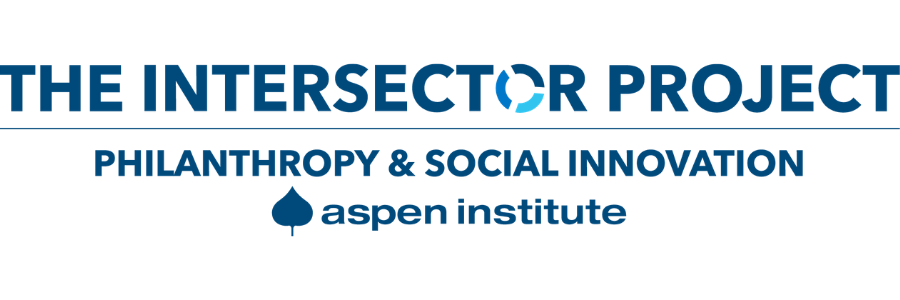Returning New York City Air Quality to the Highest in 50 Years
In New York, the energy used in buildings is a major source of pollution, accounting for about 75 percent of the city’s overall greenhouse gas emissions. In 2007, soot emitted by New York City buildings burning residual fuel oil – No. 4 and No. 6






